In a recent press release, Prometheus Materials, a zero-carbon building materials startup based in Boulder Colorado, announced on the 6th of June that it closed its $8 million Series A financing round.The round was led by Sofinnova Partners, a European life sciences venture capital firm, with participation by the Microsoft Climate Innovation Fund, Skidmore, Owings & Merrill (SOM), GAF, and The Autodesk Foundation.
To echo previous articles on Ecohome aboutthe comparative impact of concrete, wood and steel on a structure's carbon footprint,“To prevent catastrophic climate change, we cannot simply replace fossil fuels with renewable forms of energy – we must also decarbonize the way we create building materials,”said Loren Burnett, Co-Founder, President and CEO of Prometheus Materials.“By using biological rather than chemical means to create a strong, durable binding agent for aggregate, we can now offer a zero-carbon alternative to carbon-intensive portland cement. Our bio-cement (and the BioConcrete that can be produced) will transform architecture as we know it, by providing the construction industry with a new decarbonized building material that has environmental and mechanical properties that mirror or exceed the capabilities of concrete, wood, steel, and glass.”
We have previously broughtnews about innovative alternative reduced carbon concrete solutionsincludingcarbon negative CMU blocks produced in Quebec for the north east of Canada and the US但普罗米修斯公司开发的新型零碳混凝土替代方案也很有趣,因为它们完全不同,而且模仿了大自然以生物为基础的建造方式。

Historically the suitability of concrete as a construction material was first recognized by the Romans, with many significant structures constructed with early concrete including the Colosseum in Rome and the Pantheon - both dating back around 2000 years! No surprise then that concrete is the second-most-used substance in the world after water, and is the most widely used building material. Or that the cement in concrete accounts for at least 8% of total global emissions caused by humans each year - which is a problem the construction industry is racing to solve.
为什么这次为普罗米修斯零碳生物混凝土筹集的资金意义重大?
Prometheus Materialswill use the funding to commercially manufacture zero-carbon concrete masonry units at its production facility in Longmont, Colorado.The products will be marketed to architects, engineers, property and facility developers, and others in the construction industry as an affordable, strong, and durable zero-carbon alternative to portland cement-based concrete masonry units (commonly known as concrete blocks or CMU). Pilot projects using Prometheus Materialscarbon zero CMU masonry unit blocksare currently underway. They may well need additional funding in the future, but I compared their first funding raise of $8m USD to CanadianCarbiCrete’s total funding to date of $40 million CAD to get their alternative carbon-negative CMU into production.
Over the next two years, Prometheus will use its Series A funding to begin commercial productionof other zero-carbon building products,including:
- Precast biocomposite elements, a decarbonized alternative to traditional precast portland cement-based roofing tiles, wall panels, sound barriers, and other concrete elements.
- Ready-mix biocomposite, a decarbonized alternative to traditional portland cement-based ready-mix concrete.
This is the part that caught my eye, with 30 years construction experience behind me, I've used my fair share of planet-destroying high carbon concrete, so the thought that there are alternative products on their way to market to compete with traditional high carbon producing portland cement ready mix concrete and evencarbon reduced cement based ready mix concrete是令人兴奋的。特别是它是有效的生物水泥的部分,由自然发生的藻类产生,我将比较如何形成贝壳和珊瑚(虽然我相信这是一个更复杂的)!

blocks and President CEO Co-founder Loren Burnett
What is different about Prometheus Materials zero-carbon concrete alternative?
From theirpress release: Developed under a Department of Defense grant by a team of scientists and engineers at the University of Colorado Boulder, Prometheus Materials’ zero-carbon building products are manufactured using naturally occurring microalgae.Using a patent-pending photosynthetic biocementation process, Prometheus Materials combines microalgae with water, sunlight, and CO2 to create a bio-concrete similar to the material that coral uses to build reefs and oysters use to generate their shells.
When mixed with aggregate, this bio-cement creates a zero-carbon BioConcrete building material with mechanical, physical, and thermal properties comparable or superior to portland cement-based concrete.
这种新材料避开了每年40亿吨硅酸盐水泥生产和运输过程中的碳密集过程;据英国皇家国际事务研究所(Chatham House)的一份报告显示,全球每年8%的二氧化碳排放来自这些过程。再加上该产品在生产过程中固碳的能力,与现有的硅酸盐水泥混凝土产品相比,可减少约90%的隐含碳。

“珊瑚礁、贝壳,甚至我们今天用来生产水泥的石灰石都告诉我们,大自然已经知道如何将矿物质结合在一起,形成一种强大、巧妙、有效的替代传统硅酸盐水泥的物质,minus the carbon emissions,”says Joško Bobanović, Partner at Sofinnova Partners, and a member of the Sofinnova Industrial Biotech team.“This solution demonstrates the power of biology to replace existing industrial processes with climate-friendly alternatives.”
据普罗米修斯材料公司首席执行官罗兰·伯内特介绍,目前生产CMU砖块所排放的二氧化碳是传统混凝土砌体单位生产的十分之一。伯内特表示,当该公司完成为其制造工厂安装太阳能电池板时,该过程将是碳中和的,并在三年内实现碳负。他说:“在这个过程中几乎没有二氧化碳排放,我们实际上是在封存二氧化碳。”“因为海藻通过光合作用吸收了它,然后我们把海藻嵌入到我们的建筑材料中。”
I personally find it great that there are so many innovative and impactful construction solutions currently finding funding that can contribute to reducing the environmental problems that construction, the industry I've spent my professional life in, has been significantly contributing to. I've reached out to Prometheus Materials for some additional information regarding their carbon zero Ready-Mix BioConcrete solution, as I would like to be using it in foundations, ICF basements etc ASAP! Make sure you'resubscribed to our newsletter的更新…看看下面的答案。
生态之家联合创始人罗兰·伯内特的问答President and CEO of Prometheus Materials:
Q. Does your product use traditional type sharp sand in its aggregate mix or does it use "something else"?
A.Yes, our products use sharp sand. Previously in the lab, we used play sand, which is finer than sharp sand. However, the manufacturing process for our new bio-concrete masonry units will use sharp sand.
In addition, for future products we are exploring the possibility of replacing traditional aggregate with recycled glass, recycled mirror, or even sand recycled from our bio-concrete products or other building materials.
我们还在完成关于在我们的生物混凝土产品的骨料混合中使用这些再生材料的实验室测试。However, the preliminary results of our tests indicate that we will be able to use recycled materials as part or even all of our bio-concrete aggregate mix in the future.
Q. The Prometheus ready-mix alternative solution to cement based concrete - do you have an approximate time scale yet for when this may become approved and to market?
A.We plan to begin manufacturing a ready-mix bio-concrete in 2023, and have it available to licensees sometime in 2024.
Well you heard it first on Ecohome, a viable Bio-based concrete alternative is on it's way!
Now you know aboutcarbon negative bio- concrete, CMU or Cinder Blocks and Ready-Mix concrete coming soon from Prometheus Materials, read more here abouthow to reduce the carbon footprint of homes & sustainable construction...Find more pagesaboutsustainable and resilient green building techniques here:
Find more about green home constructionin the EcoHomeGreen Building Guide pages |


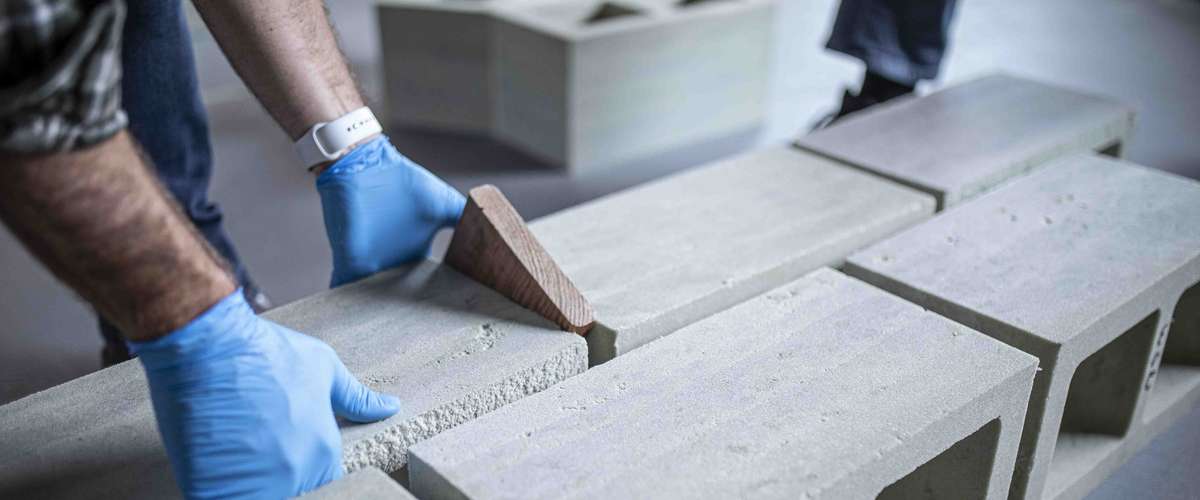















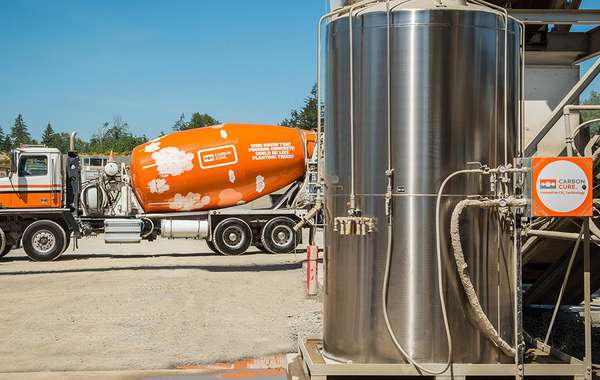
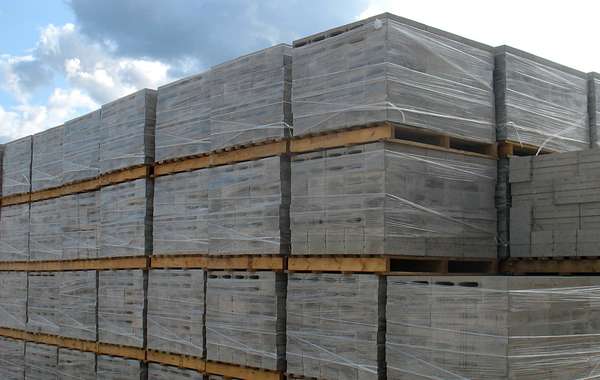

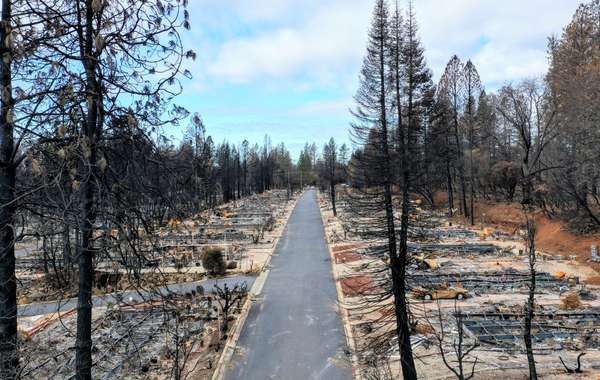
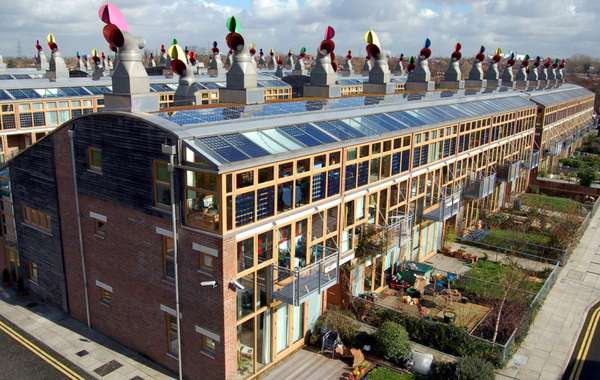


Comments (0)
Sign Up to Comment